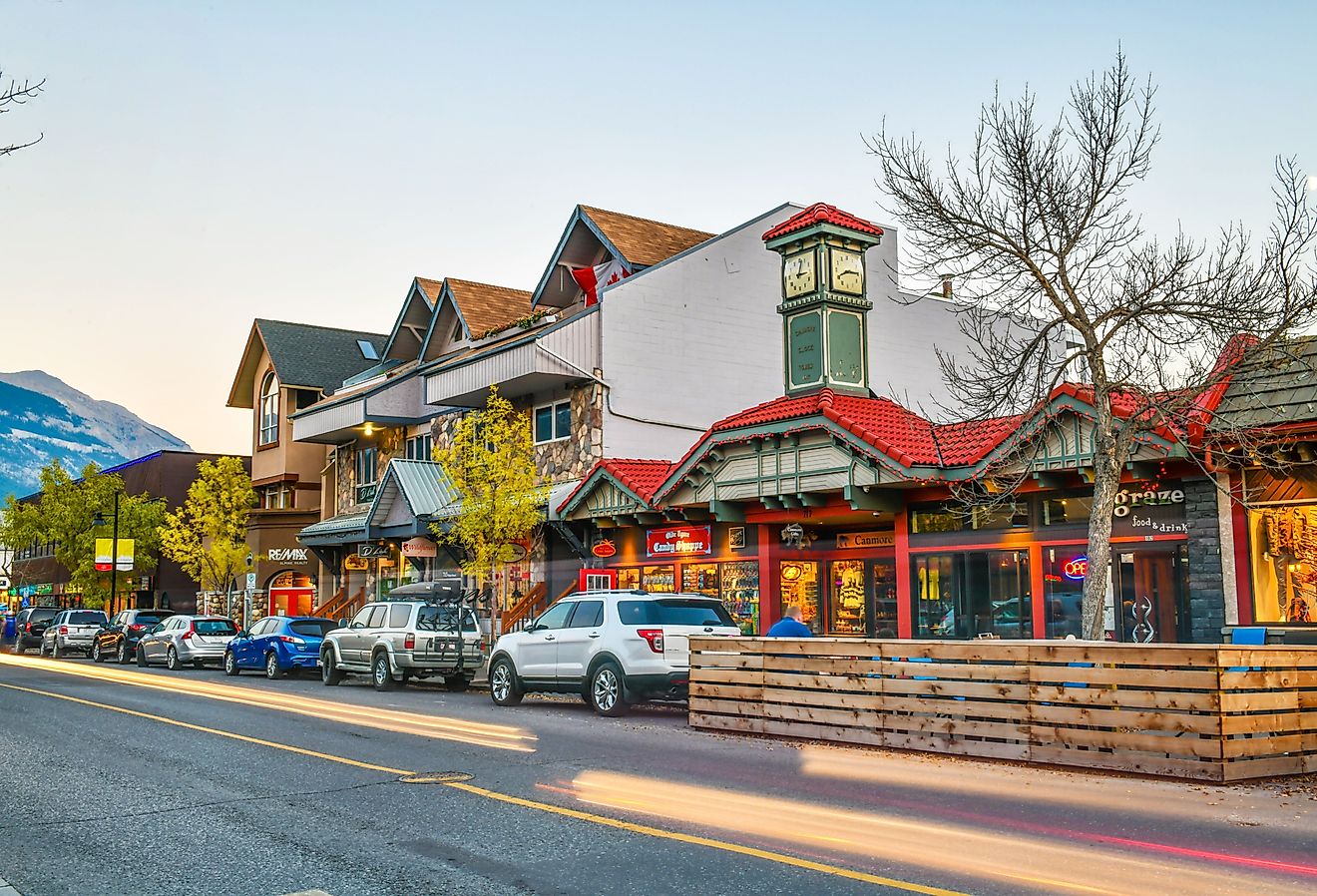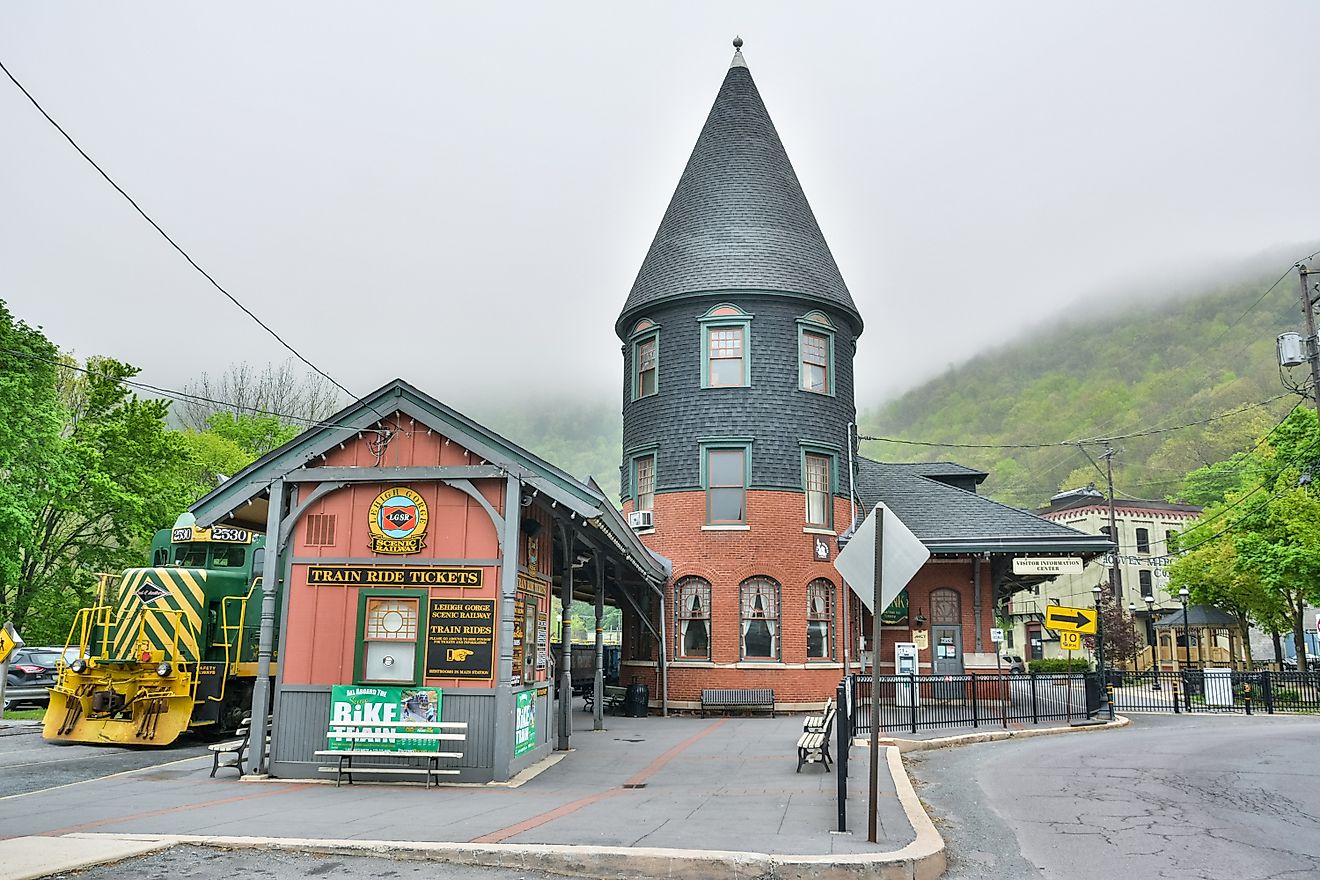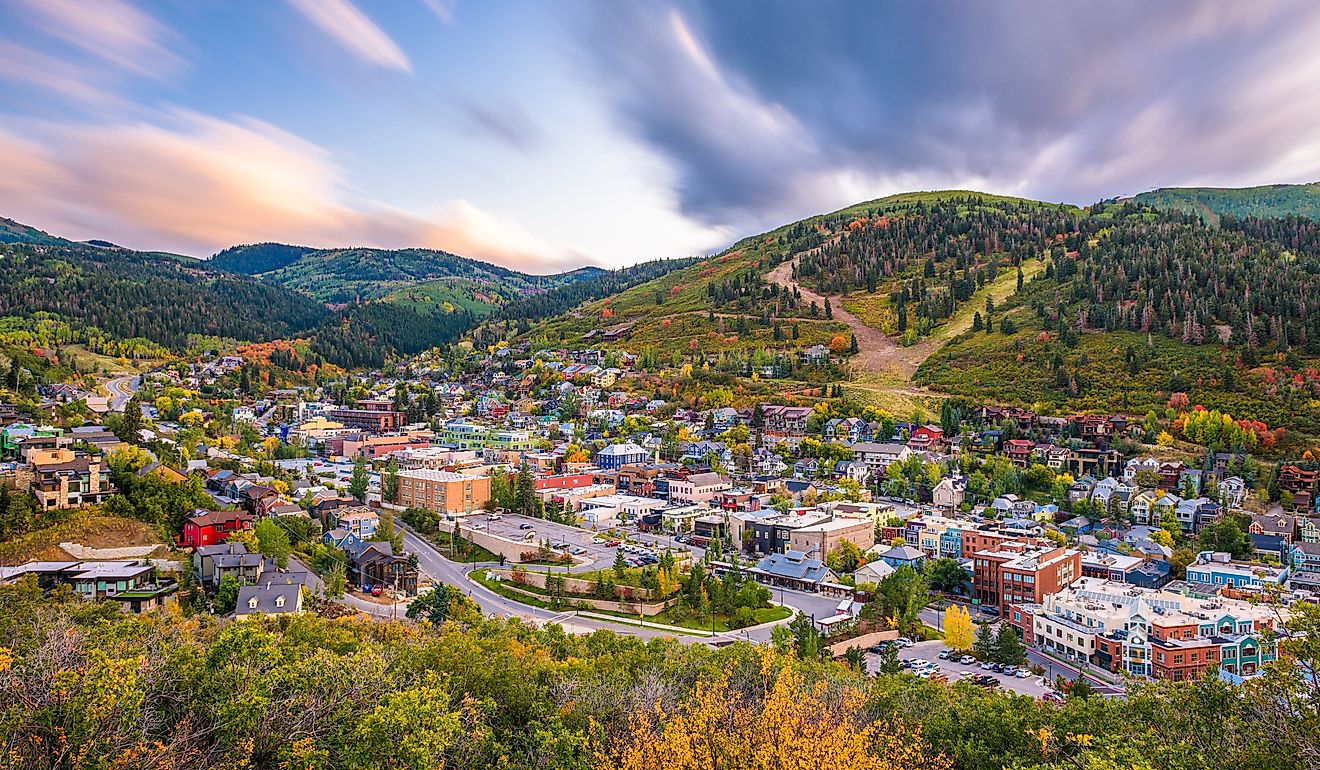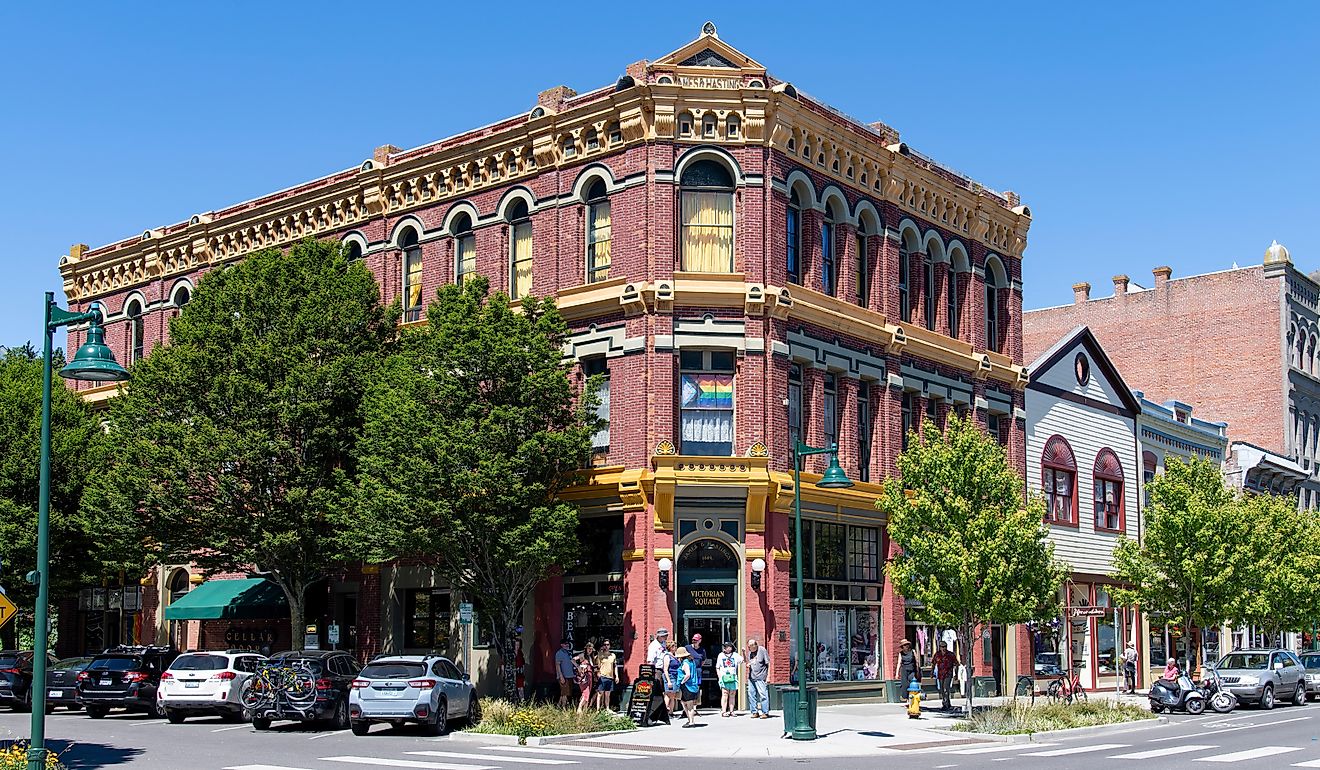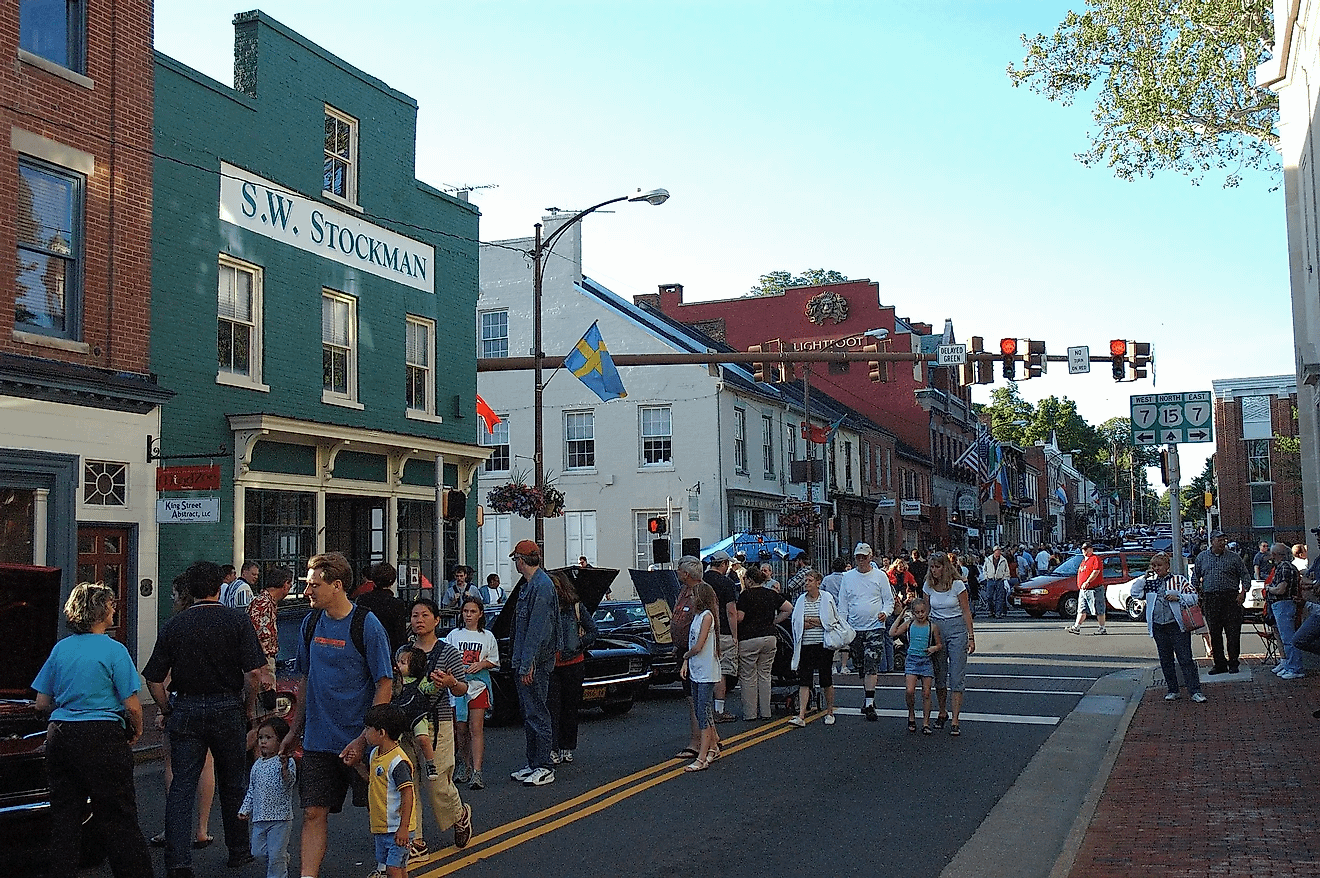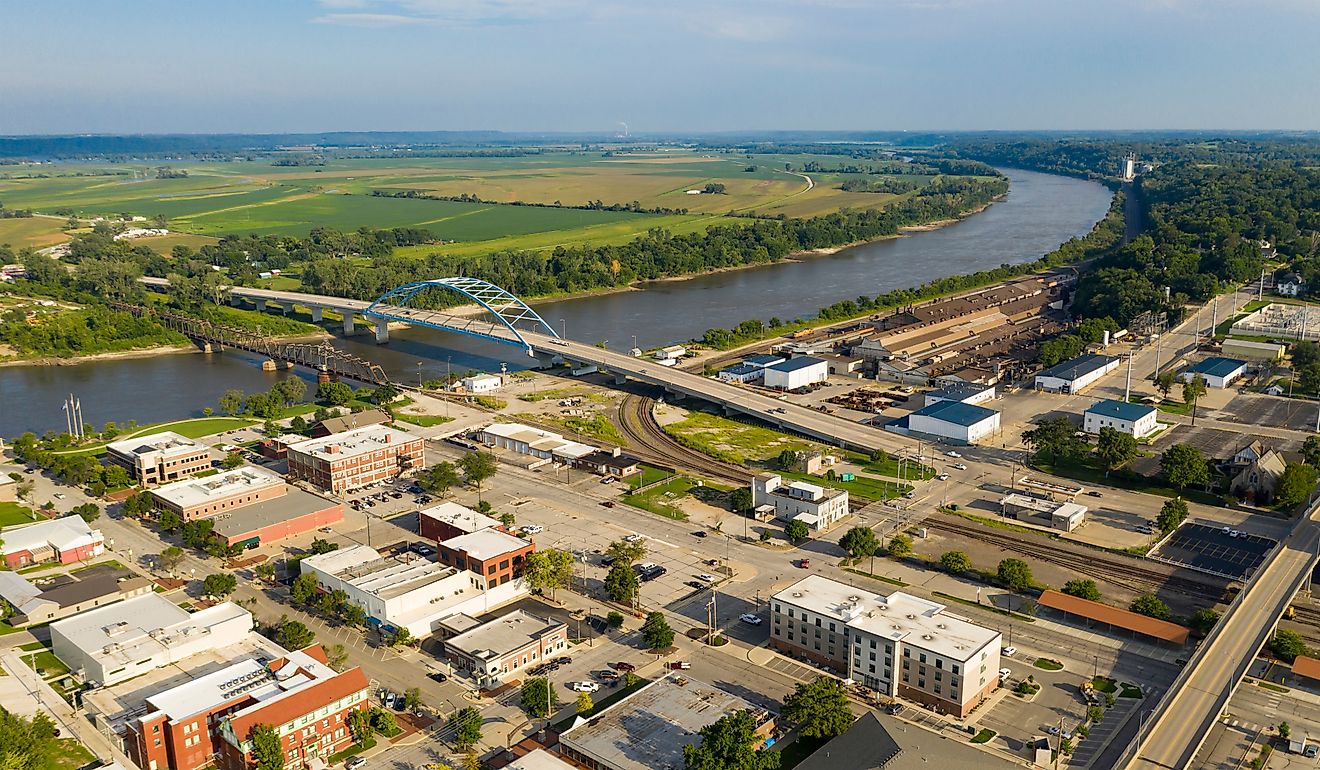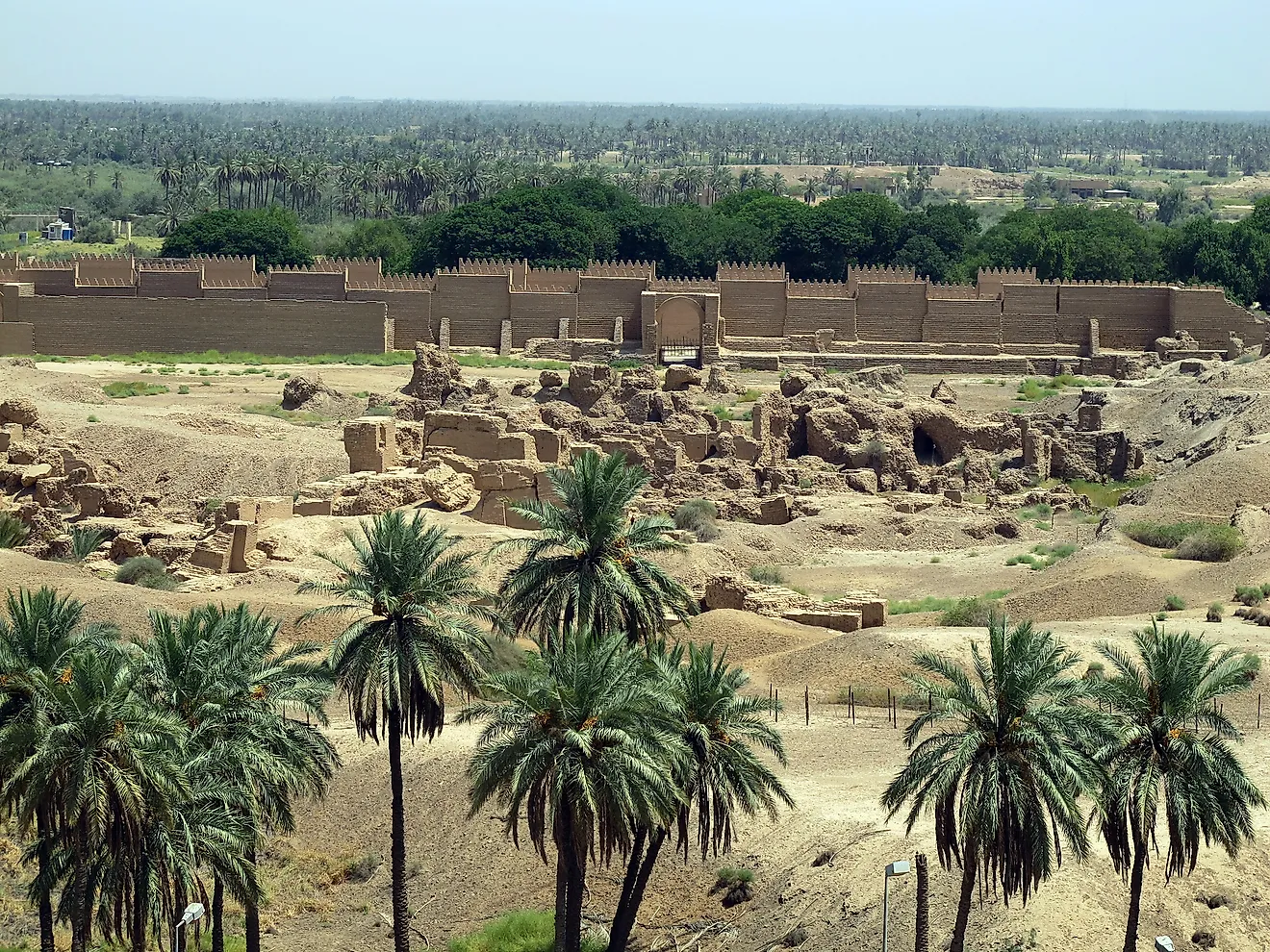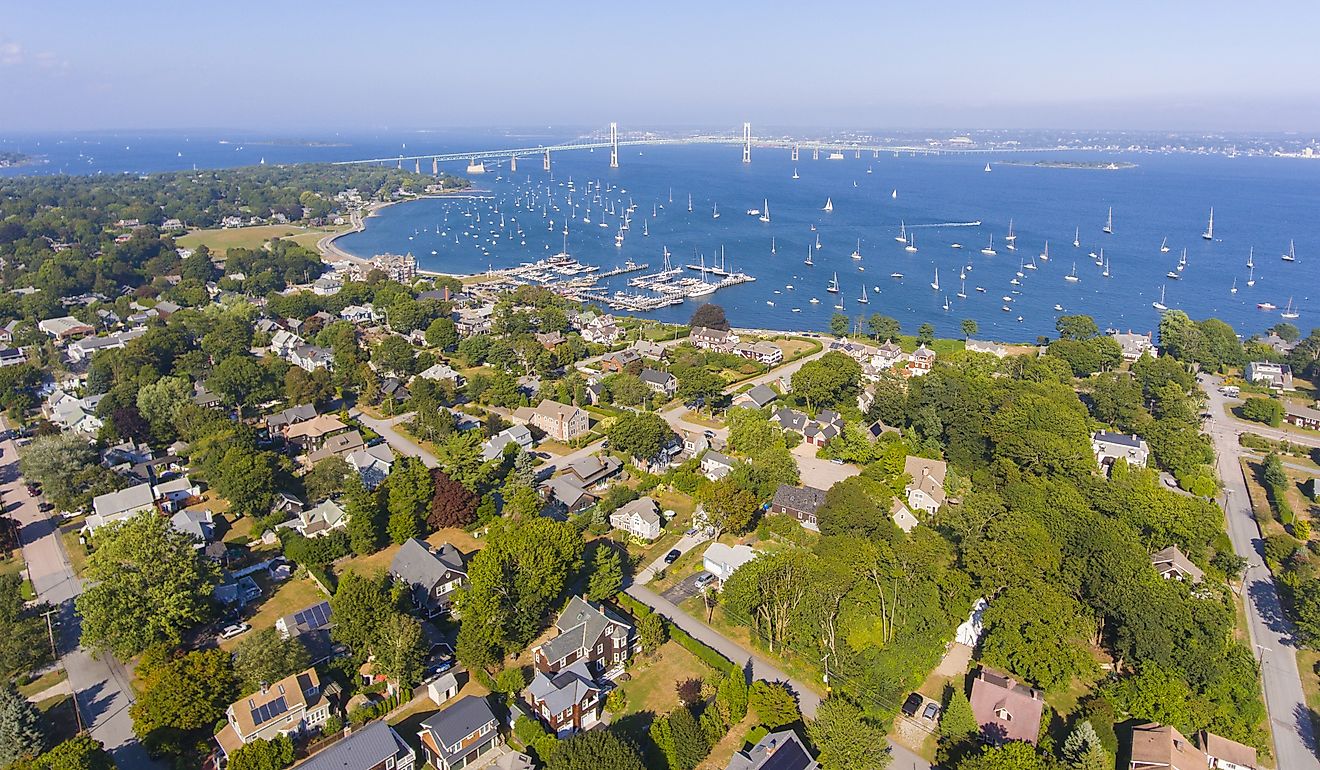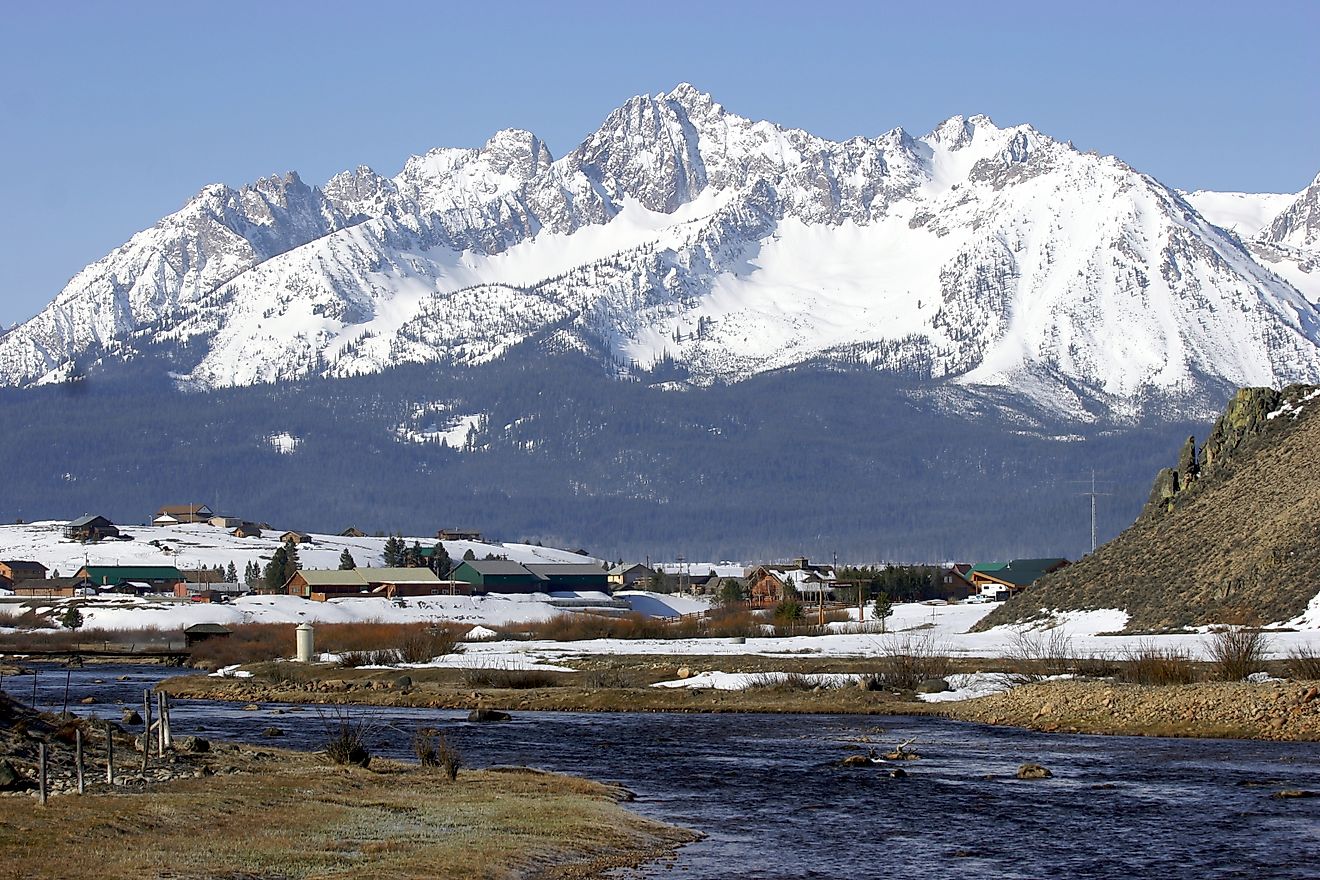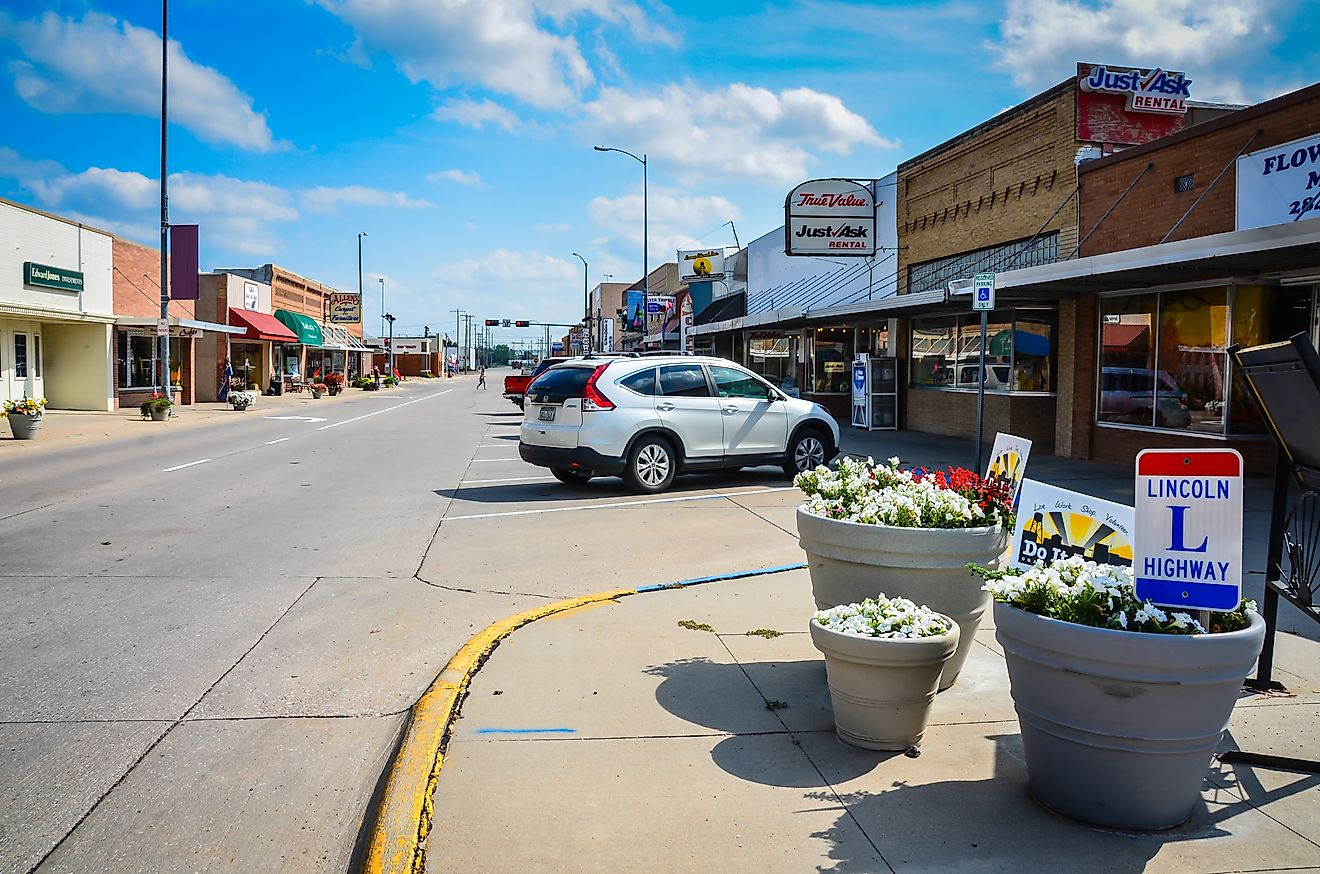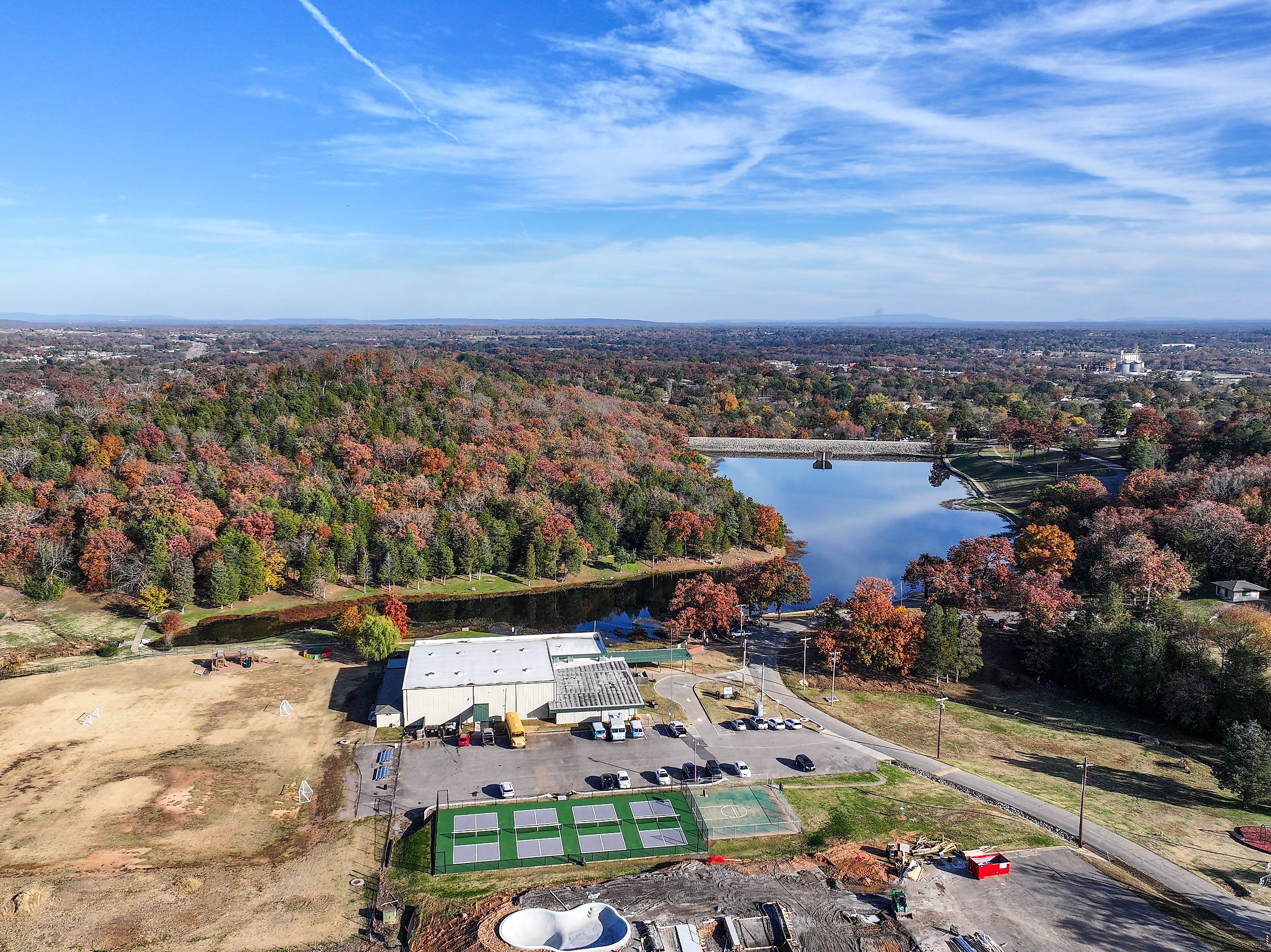
9 Most Welcoming Towns In Arkansas's Countryside
Arkansas, also called The Natural State for its many outdoor points of interest, sits in the American South, just west of the mighty Mississippi River. The state's past as a gathering place of peoples and cultures has drawn visitors since long before it became a US state in 1836. Arkansas offers today's travelers a long menu of smaller towns with traditions of a warm welcome. Outside larger cities like Little Rock or Fayetteville, the state's legacies combine rare architecture, fantastic folk music, and family-focused fun. Towns like the ones below suggest just how much The Natural State can bring to one's next vacation.
Arkadelphia
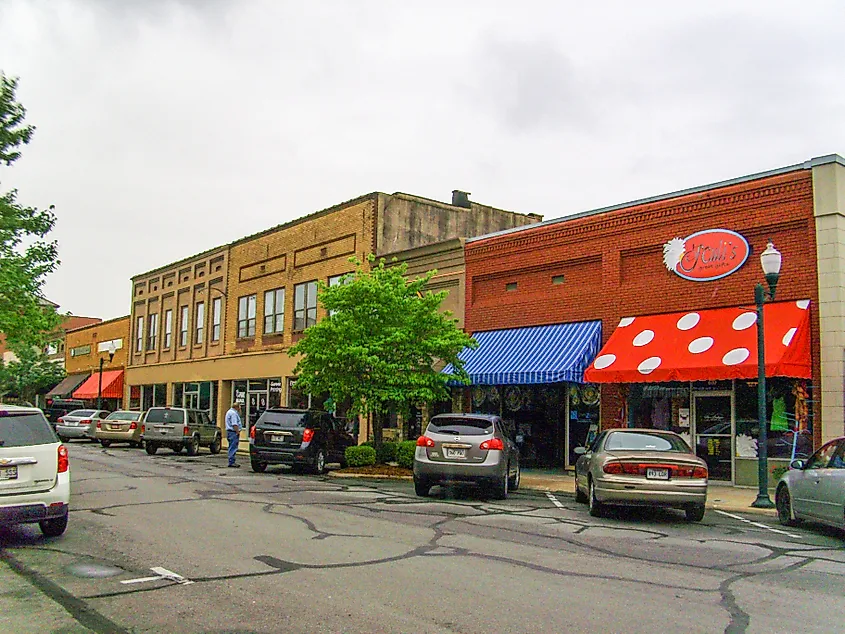
In the state's southwest, Arkadelphia lies in the foothills of the Ouachita Mountains along the Ouachita River. Settled in the early 1800s — and sometimes referred to by its local shorthand, “The Delph” — the town is an ideal stop for history buffs. Central Caddo Street offers the chance to see diverse architectural styles from both before and after the start of the 20th century. In addition, the Clark County Historical Museum, set up in a one-time Amtrak rail station, illuminates the town's history, from prehistoric eras to the modern day.
Arkadelphia's historic commercial area endured considerable damage in a 2009 tornado. But the neighborhood still attracts tourists to its celebrated sites, not least the Captain Henderson House, a beautifully restored Victorian-era inn, and the James E. M. Barkman House, built in 1860.
Batesville
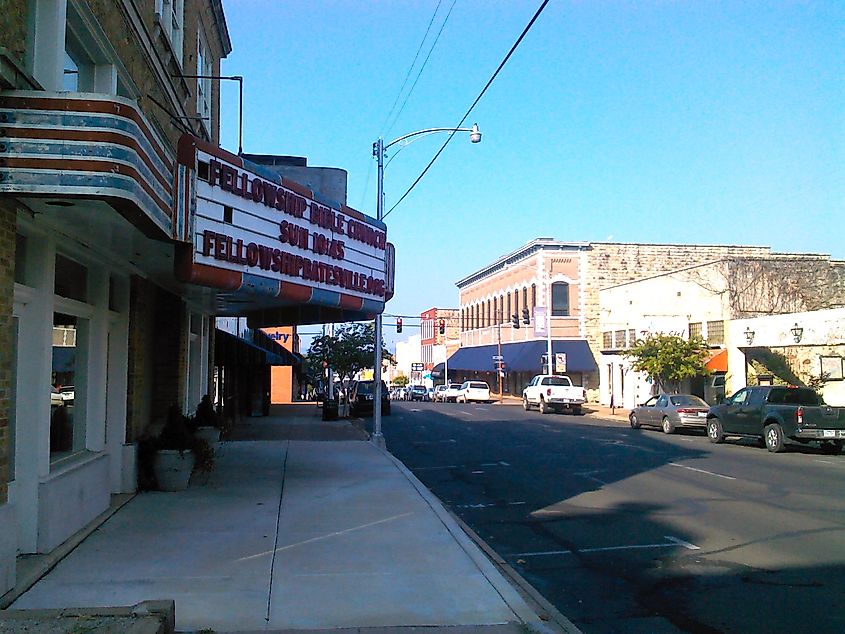
The town of Batesville is a center, among other things, for successful industries of the past. Famous as a transportation center, the town enjoys an advantageous position on the White River. Downtown, the Garrott House, a manor home built in the 1840s, has a place on the National Register of Historic Places (NRHP). The Cook-Morrow House, standing since the early 1900s, also has an NRHP listing.
Today, Batesville proudly hosts the Ozark Foothills Film Festival, welcoming visitors from all over. The event supports local filmmaking and storytelling through film. Also in town, the Old Independence Regional Museum sheds light on the past times and lives of Independence County, the county seat. The Mark Martin NASCAR Museum illustrates the roots and current state of a beloved American spectacle.
Camden
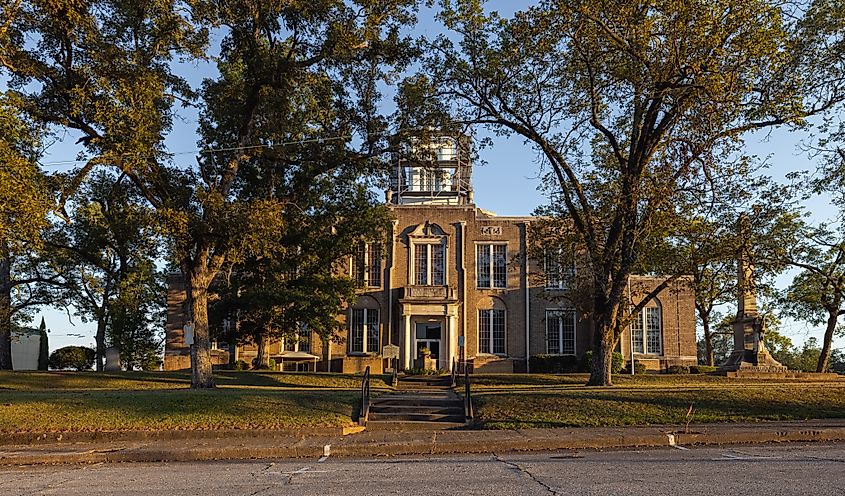
In south-central Arkansas, Camden holds a picturesque spot beside the Ouachita River. Known as the "Queen City" of the Ouachita River from its days as a steamboat-era boomtown, Camden helped move people and goods along waters. This legacy still stands in Camden's downtown points of interest, like the Camden Post Office, built in 1895, which now has a second life as The Postmasters Grill, a busy local restaurant.
The Washington Street Historic District attracts architecture fans of all kinds to Camden. The styles of local stately homes include Colonial Revival and Queen Anne and stem from fortunes derived from producing cotton and oil. The McCollum-Chidester House, erected in 1847, now houses the Ouachita County Historical Society.
Dardanelle
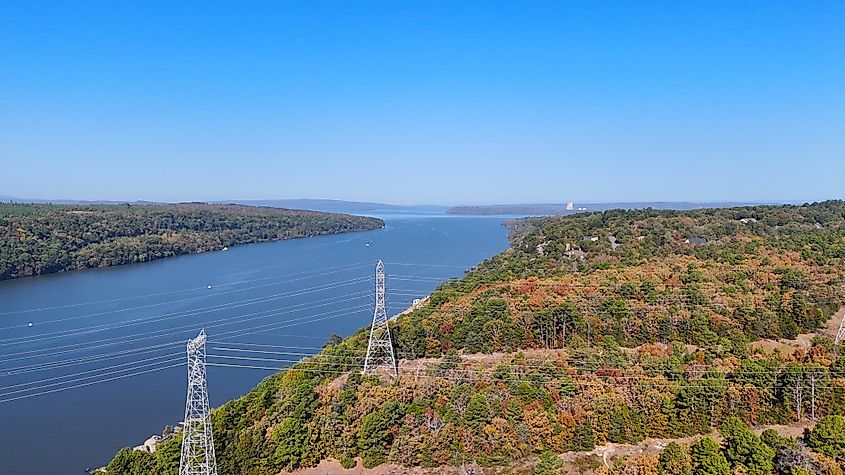
Along the Arkansas River in the state's west, Dardanelle is for many a sportsman's heaven. Near the Ouachita Mountains, popular Dardanelle hobbies include fishing, hunting, birding, and water sports. Mount Nebo State Park has structures built by the Civilian Conservation Corps, a Depression-era government labor program, adding a touch of history to this naturally beautiful preserve. The park has cabins, launch points for hang gliders, and extensive trails for hiking and walking.
Downtown, Dardenelle's restaurants cater to various tastes. Front Street Grill overlooks the Arkansas River for a waterside meal. Fowlers Restaurant serves up American comfort food, while La Casa Del Sol prepares big Mexican classics that leave customers satisfied.
Eureka Springs
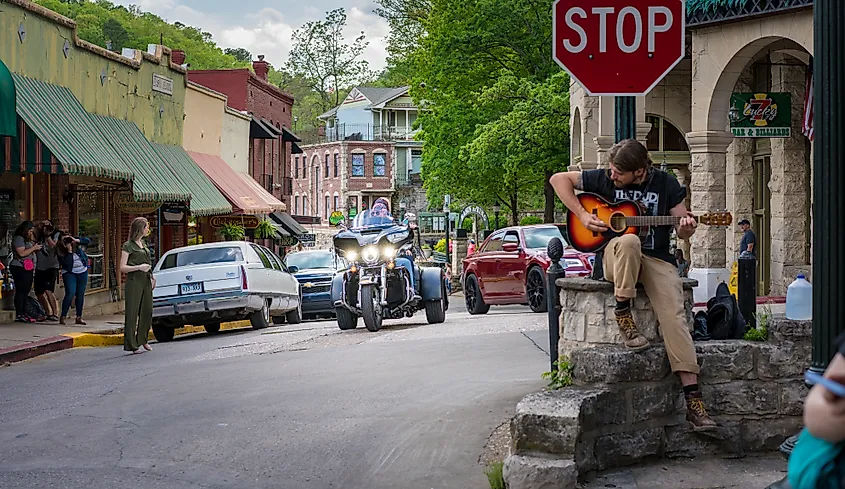
The name says a lot: Eureka Springs, one of America's original spa towns, has long used the nearby hot springs to its advantage. The town, established in 1879, is said to have grown to 10,000 inhabitants only two years thereafter. Given its boomtown past and long-running local tourism, Eureka Springs — and its entire historical downtown — has been on the NRHP since 1970.
Eureka Springs today welcomes architecture fans of all kinds and ages. Here they find the Auditorium, a music performance space operating since 1929. There is also the one-time home of Carrie Nation, an anti-slavery activist famous in her day. Historic accommodations include the Basin Park Hotel, open since 1905, as well as the Palace Hotel & Bath House — the last remaining example of Eureka Springs' original bathhouses. For time outdoors, Lake Leatherwood City Park and its 85-acre body of water offer quality fishing, boating, and fresh air.
Ozark

The northwest town of Ozark derives its name from the term "Aux Arcs," which the region's French traders and trappers once used to describe the surrounding area of streams, valleys, and rolling hills. Over the period of U.S. westward expansion, that term became Ozarks, the name for a region that now covers parts of four states (Arkansas, Kansas, Missouri, and Oklahoma). Today's town of Ozark is famous for its bridge that runs across the Arkansas River, which is considered by many an engineering marvel.
The Ozark Courthouse Square Historic District brings together a historic courthouse, antique stores, and crepe myrtle trees that stay in glorious bloom most of the year. Meanwhile, the town's Historic Depot Museum is housed in a refurbished train depot, first built in 1911. For wine lovers, Ozark stands a workable drive from Arkansas Wine Country, which is popular with couples, weekenders, and wedding parties.
Paragould
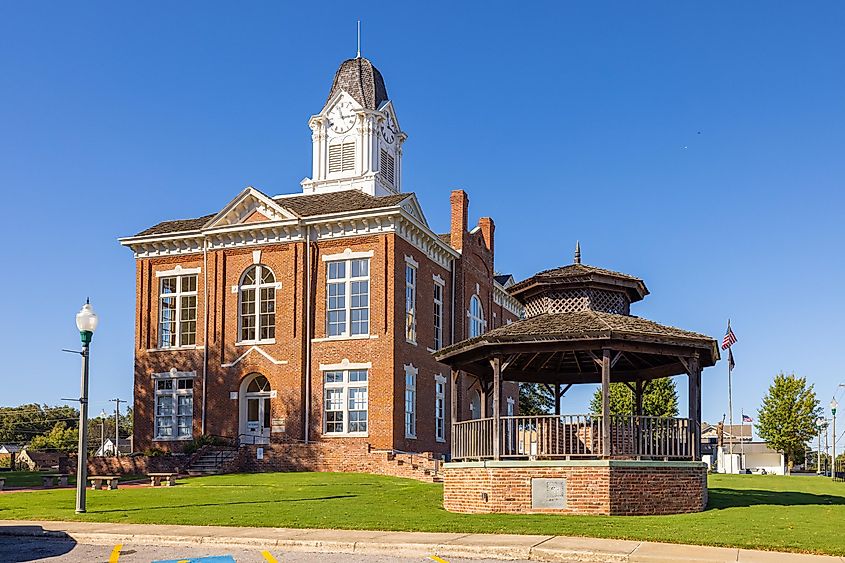
Paragould, a larger town in the northeast part of the state, has long boasted of its NRHP-listed buildings, like the beloved Collins Theatre, which has been open in town for almost a century. The Greene County Courthouse, constructed in 1888, is a fine example of the Italianate and Georgian Revival styles of the 19th century and now houses the Paragould Regional Chamber of Commerce.
Paragould offers other, sometimes unusual histories. For example, Paragould takes its unusual name from a mash-up of the names Jay Gould and J.W. Paramore, two American railroad barons famous in their day. Gould and Paramore's tracks crossed here in 1882, inspiring the mixed term, Paragould. In 1930, a falling meteor threw down bits of space rock just outside town; these pieces are available for viewing at the Greene County Museum downtown.
Stuttgart

Set in the east-central Arkansas Grand Prairie region, Stuttgart styles itself the "duck and rice capital of the world." Though that sounds like a local recipe, Stuttgart has actually been a rice-growing center since the early 20th century. The town's irrigation reservoirs, constructed to support rice cultivation here, eventually drew migrating ducks, giving rise to a local hunting tradition. Duck hunting now draws sportsmen from near and far.
These traditions are on full display in winter, when Stuttgart holds the World's Championship Duck Calling Contest — now in its 90th year — and its Wings Over the Prairie Festival. Year-round, the town's Arts Center of the Grand Prairie hosts performances, exhibits, and creative gatherings of all kinds.
Van Buren
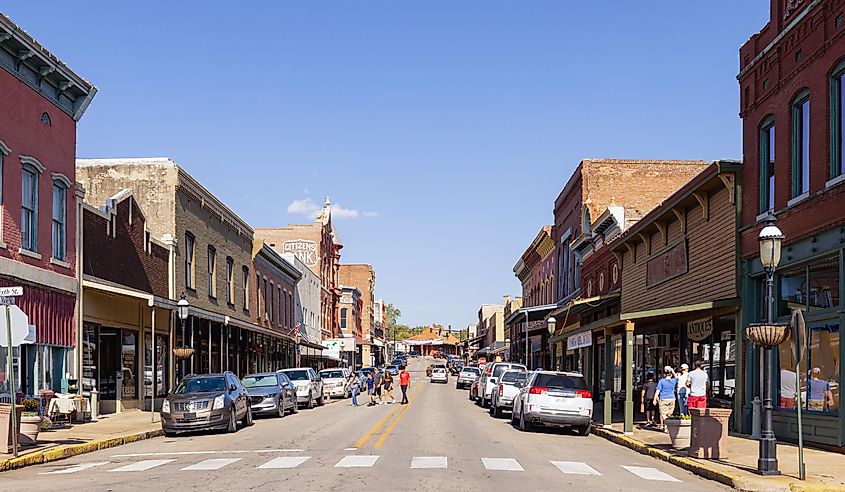
Van Buren, set on the banks of the Arkansas River not far from the Oklahoma state line, owes its name to the 8th president of the United States. Culture mavens coming to town should seek out the Victorian-era King Opera House; the downtown historic district shows vestiges of town life stretching back to its settlement around the 1820s. Van Buren's six blocks of revitalized buildings, like other Arkansas destinations, also sit proudly on the NRHP. The Crawford County Courthouse, first erected in 1842 and rebuilt after an 1876 fire, is considered the oldest operating courthouse west of the Mississippi.
Van Buren offers active types a long list of parks and outdoor spaces. Bikers, skateboarders, and inline skaters can enjoy the town's large skatepark, Van Buren Skatepark. On weekends, the town operates a Saturday trolley, a further nod to Van Buren's proud history.
Arkansas' Most Welcoming Towns Run Small
As these towns show, an Arkansas welcome often awaits beyond the state's larger places. Architectural fans are simply spoiled for choice: from Arkadelphia to Camden, from Eureka Springs to Pargould, examples on and off the NRHP show how much a tourist has to discover across the built environments of The Natural State. Outdoors fans will appreciate Stuttgart and Van Buren, for the possibilities in duck hunting, natural spaces, or the man-made parks that add to the quality of small-town life here. For a true taste of Arkansas' long-running tourism, not to mention its tradition of welcoming visitors, these smaller towns are just a few examples of Arkansas' attractive offerings.
